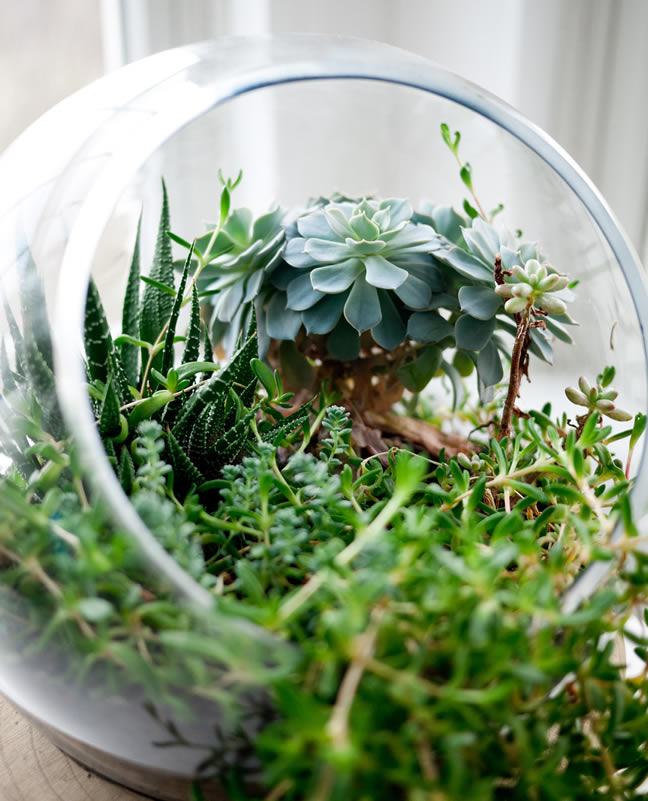Garden Designer: Artist or Problem Solver?

When I meet people for the first time and tell them I am a garden designer, their first response is often something like:
how lovely to spend your time creating & dreaming up beautiful gardens for people!
It seems that they have the impression that I spend my day at the drawing board, a bit like the stereotypical genius artist at the easel, madly creating drawings and sketches for whoever cares to look at them.
The reality of course is normally very different.
Artist or Problem Solver?
I do indeed love creating what I hope clients will think are beautiful gardens that they want to spend time in – this is a truly rewarding part of my job.
But I think of my role as being more of a creative, yet practical, problem solver, and not an artist.
Masterminding requirements

Garden designers need to assimilate a lot of information about a garden and its challenges, and about the wishes of the client, and then devise a garden solution which pulls everything together, and works at a practical level, and which is within budget.
Building on what’s already there

Very few clients want, or can afford to adopt a total “destroy and start again” strategy in their gardens, and as a garden designer, in the vast majority of cases, I would not want to sweep absolutely everything away and start again – I would always want to build on something within the garden if possible as this is what gives a garden its character and soul.
Therefore, an important aspect of my role is the ability to turn what appear to be negative aspects of the garden into something more positive. Some of these negative aspects may, of course, not even be in the client’s garden, but on neighbouring property and out of the client’s control.
For example…

So, for example, you have just moved into a new home and inherited a scruffy Ivy clad fence. You could go to the expense of ripping the whole lot out and installing a new fence. Or perhaps, if the fence is reasonably sound, you could have the Ivy neatly pruned back (hard – and pruned annually), resulting in a low cost, very wildlife friendly lush green hedge. In shady areas in particular, this could be a very attractive and low cost option.
Similarly, the tall Leylandii screen could be used as a back drop for a nice statue or other feature. The native hedge at the boundary but in your neighbour’s garden, which is the source of all the weeds and bramble growing into your garden through the chainlink fence – ok, this is a tricky one! But you could install a narrow path at the back of the border by the hedge (which would provide access and help limit weed encroachment). Then you could prune your side of the hedge annually. You might add some native perennials like Primroses and Cowslips etc at the base of the hedge – and slowly begin to give yourself a kind of “native hedgerow walk”.
Recent blogs such as the ones on coping with dry shady areas under trees and wet, boggy gardens include ideas for doing just this – turning a negative into something more positive, and working with what you have.
Of course, there will always be times when removing something and starting again will be the best or only solution. This is often the case, for example, when tall screen planting has been allowed to grow so large, both in height and width, that it is occupying far too much of the garden.
But with a bit of thought, many of the difficult challenges faced in gardens can be solved by working with what you have got. And at a time when the cost of removing waste is rising rapidly, this can only be a good thing.
Fitting things together
Like the seemingly random photos in this blog – it’s about taking distinct elements, working with what you’ve got, and fitting it all together in such a way that the finished picture just… works!
And that’s why I see my role as being as being a creative, yet practical problem solver. Not an artist.
